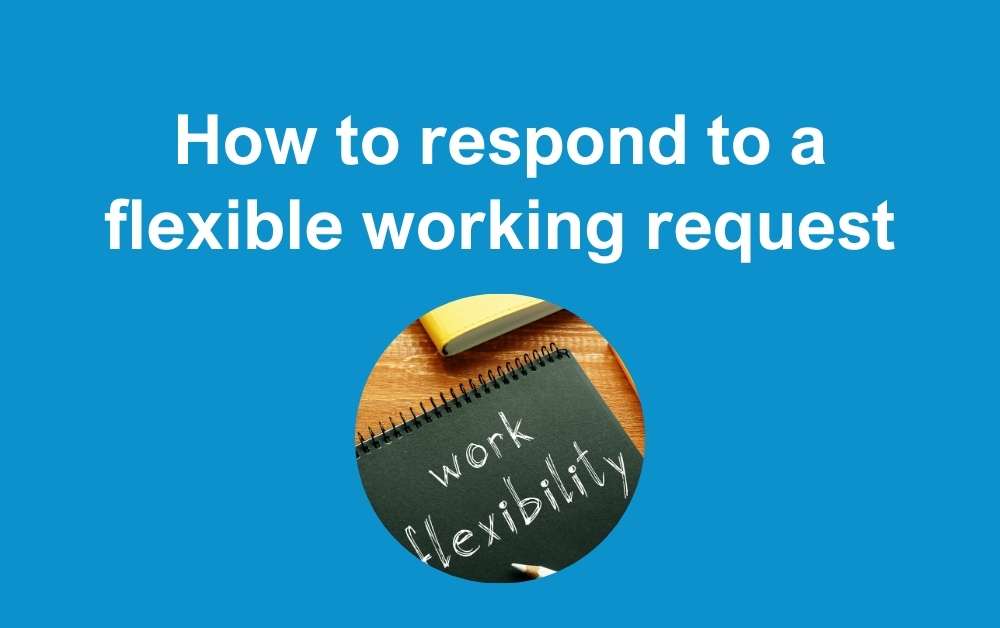We recently read an article about an employee who was awarded £185,000 by an employment tribunal due to suffering indirect sex discrimination. The employee wanted to return to work after maternity leave and submitted a flexible working request so she can pick her daughter up from nursery. Her request was rejected, and no alternatives were offered. This led to the employee having to resign and take her case to an employment tribunal.
The tribunal ruled that the company’s failure to support her flexible working request put the employee at a disadvantage and she was awarded £185,000.
Recent employment law changes means that employees can now make a flexible working request the day they start their job. Prior to this, they would have had to wait 26 weeks. In addition, it’s time to put a plan in place to consider requests properly and avoid being presented with a similar case.
Employees Rights
Employees have the right to submit a flexible working request and this is a day one right. This also applies if legally classed as an employee. They can make up to two requests for flexible working in a 12-month period.
It’s not acceptable to reject a request because you think it might open the floodgates for others to make a flexible working request. Every request should be looked at on its merits.
Special consideration needs to take place, particularly if the employee fits one of the protected characteristics of the Equality Act. In this case above, the employee successfully won her case on the grounds of sex discrimination. However, you could have an employee approaching retirement looking to work more flexibly, and rejecting such a request without proper consideration could leave you exposed to a claim on the grounds of age discrimination.
Flexible Working Requests can include:
- Reduced hours
- Start and finish time changes
- Flexitime
- Compressed hours
- Remote working
- Term time working
- Job sharing
The changes requested could be for every day, specific days, shifts, or specific weeks during the school term. Employees can also request this for a limited time, such as a couple of months.
Responding to the Flexible Working Request
Put it in writing
Once your employee has approached you to explore a more flexible way of working, you must then ask them to put this request in writing. The employee must detail their request within the letter. Legally, you must respond to your employee within 2 months with a decision.
Approved Requests
If you can approve the request without further reviews or meetings, you can notify the employee of the good news. You will then need to update terms and conditions in the employment contract.
Declined Requests
If the request isn’t possible for your business, you must schedule a meeting with your employee to discuss this with them. In this meeting, you can talk to your employee, and look for a compromise that will help. These compromises can include hybrid working and shift swapping. Only reject a request if there’s a valid business reason.
After the Meeting
If after the meeting you have determined that the request can be approved, like above, you can relay this to them and update contract terms and conditions.
If there is still uncertainty on whether this will work, offer a trial period. This way, you can determine if the request is suitable. Make sure to set a review date where you can sit down with your employee and discuss further.
If you find that after this meeting, the request cannot be agreed, you must notify the employee of this. Specify the statutory ground for refusal and explain why it is applicable. Also, confirm whether a right of appeal is available.
The Appeal
If your employee wishes to challenge the outcome of their flexible working request, they may submit an appeal. This should ideally be done in writing and within a reasonable timeframe. It’s important to keep in mind you have 2 months from the original request to reach a decision.
Once you receive an appeal, arrange a meeting with the employee to hear their concerns. This should be handled by a different manager or someone not involved in the original decision, where possible, to ensure impartiality.
During the appeal meeting, give the employee the opportunity to present their case and any new information that may support their request. After careful consideration, respond to the appeal in writing. If the appeal is successful, confirm the new working arrangement and update the employee’s contract. If the appeal is unsuccessful, provide clear reasons for the decision and again outline the statutory ground for refusal.
Keep a written record of all correspondence and meetings throughout the process to ensure transparency and compliance with legislation.
Contact Us
If you can offer more flexible working then we encourage you to do so. This will help you retain good employees and also build a better relationship with them. Contact us on 01383 668178 if you would like any further support on all things HR.







